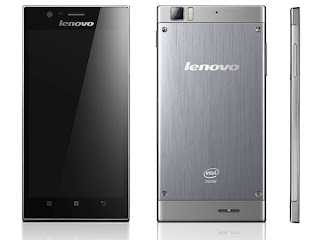By Khaled Akbik
HTC seems to be taking queues from Samsung's successful strategies in offering people with different tastes and preferences different variations of its products.
Using the success of the One as a catalyst, HTC followed up with a compact version of the smartphone, dubbed, the HTC One Mini.
HTC One Mini has a 4.3" screen and weighs 122g with the dimensions 132 x 63.2 x 9.25mm. Comparing this to HTC One's 4.7" screen, weighing 143g and with the dimensions: 137.4 x 68.2 x 9.3mm; the Mini is obviously smaller and lighter, yet surprisingly still packs much of what makes the HTC One special.
HTC BoomSound, BlinkFeed, Zoe and Ultrapixel camera are all available in the Mini, including 4G/LTE connectivity as well.
Click here for HTC's press release.
The device can be found in UAE stores in September, retail price will be announced soon.
Are you wondering if it's as good as its bigger cousin? We're wondering the same thing. That's why we're getting our hands on a test unit in a few days and we'll be posting a review on it right here on Gadget Camel just in time for its launch in the market....stay tuned.











































